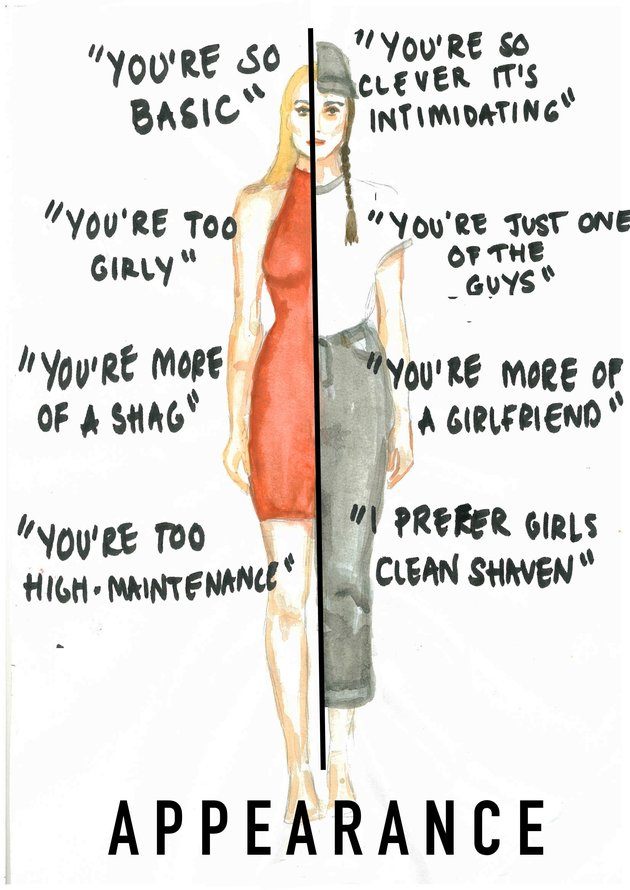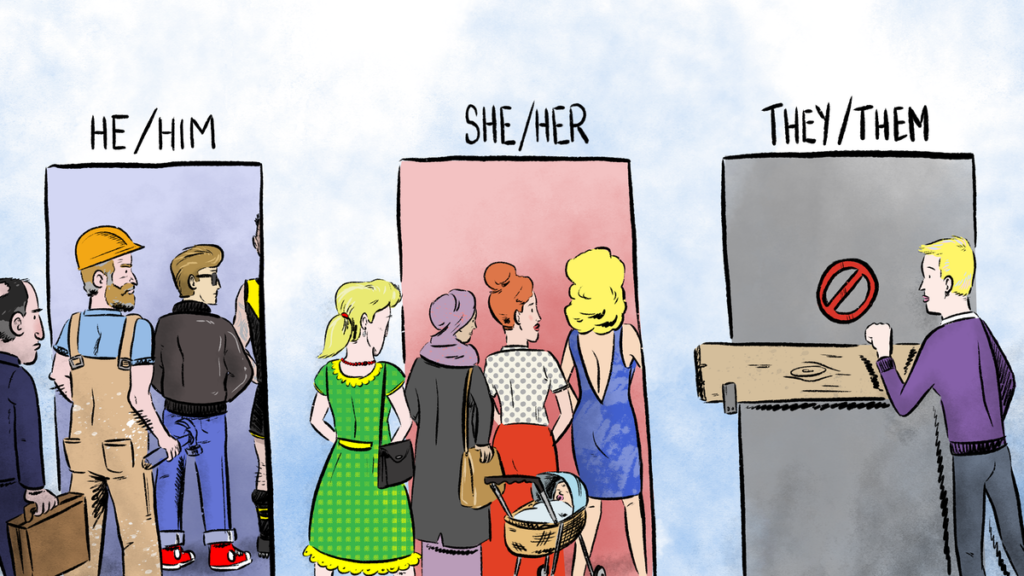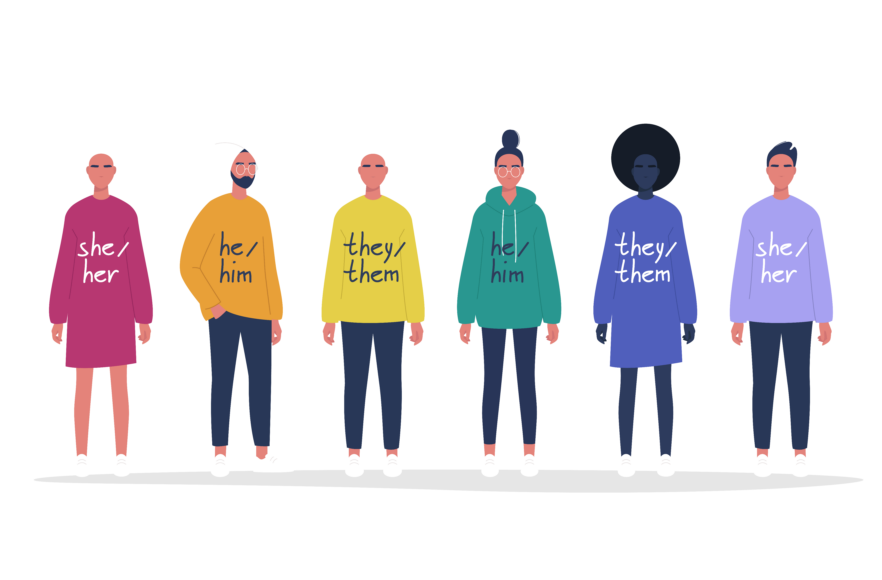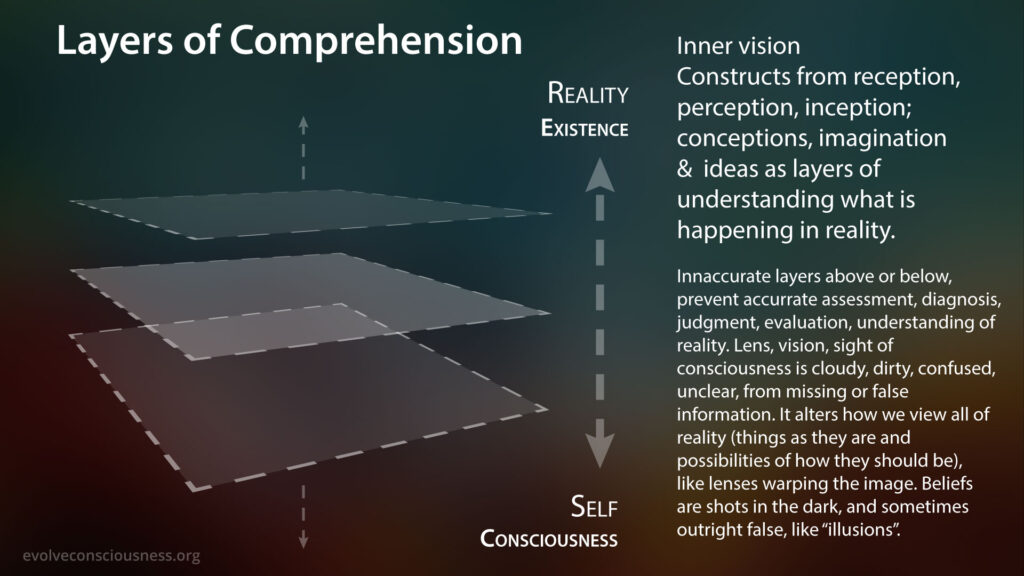I absolutely loved this week’s readings. As a person of color, I loved the reading “White Privilege: Unpacking the Invisible Knapsack” by Peggy McIntosh. In the reading, Peggy Mclntosh goes into depth about white privilege, the privilege she acknowledges she has, as well as the truth of how anyone who is not white has to endure on a daily basis. The second reading, “Oppression” by Marilyn Frye talks about the fight women have to constantly be in because of society. It is a struggle being a woman and a person of color in a society that judges both, and the readings this way made me feel understood and was speaking the things I personally think are true.
I have learned about Peggy Mclntosh before, in my sociology class, I had taken. She is a famous influential individual in society. She understood that white privilege is present in society and decided to document the times throughout her daily routine she experiences white privilege. In the reading, we see a lot of times she experienced white privilege. Some of these documented times that touched me personally were numbers 4,10 and 3. Number 4 says, “I can go shopping alone most of the time, pretty well assured that I will not be followed or harassed.” I can not count the number of times I have been followed around a store while I was shopping. It makes me extremely offended, upset, and embarrassing that I was experiencing this. How do I look like I’m going to shoplift? Because I’m Hispanic? Number 10 says, “Whether I use checks, credit cards, or cash, I can count on my skin color not to work against the appearance of financial reliability.” I use to work as much as I could when I was younger, I had two jobs at one point. When I would go to banks to deposit money (cash or checks), I would be looked at suspiciously. I can see the question on their faces “how do I have so much money?” Lastly, number 3 says, “I can be pretty sure that my neighbors in such a location will be neutral or pleasant to me.” I have just experienced this number this past weekend. My family was throwing a party for my grandparents as they are celebrating their 49th-year anniversary. My grandparents own their own house on Staten Island and are nice people. Our neighbors left and right have a great relationship with my grandparents were invited to the party. We ordered mariachis for the party, and the police arrived at the house with their lights flashing. The police came not once, not twice… four times! A neighbor was un-neutral to us and unpleasant because we were celebrating with our culture! They tried stopping us from celebrating because we are people of color. When the police would arrive our neighbors who were invited had to speak to the police rather than us. That in itself is wrong. It made me feel inferior. I am happy that Peggy Mclntosh raises awareness of white privilege. She raises awareness that people choose to not recognize white privilege just like people choose to not recognize male privilege.
In “Oppression” Marilyn Frye explains the oppression that women experience. Society makes us act a certain way to fit its standards, we are constantly being judged. In the reading, Marilyn Frye describes oppressed woman as a bird in a cage, where the bird is barricaded by all these “wires” surrounding it. Just as the snapshot my classmate Heatherlee shows, a woman is trapped in a small cage where a man in a suit is holding the cage. To me, this image spoke volumes, because women are oppressed by society personally, emotionally, and professionally. Women are oppressed personally/emotionally because if we decide to wear a nice dress that fits to shape our bodies we are labeled by society as “slut” or “easy” but if we wear baggy clothes now we are labeled as “lazy” or “unfeminine.” We never win! I have personally experienced this and it is so frustrating that as women we are constantly being judged. Women are also oppressed professionally because women are not treated the same as men. Men get a better range of higher pay and/or higher status. Overall both readings spoke out to the frustrations I personally feel as a woman and a person of color. We go through a lot that men and white people do not have to experience.



